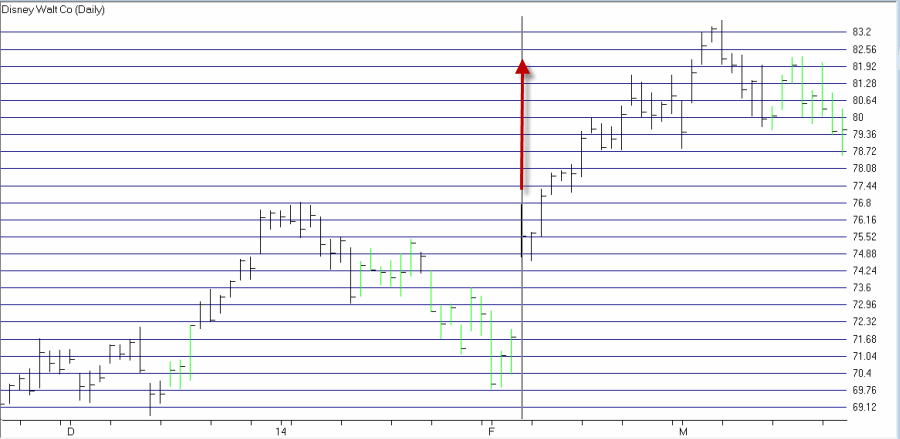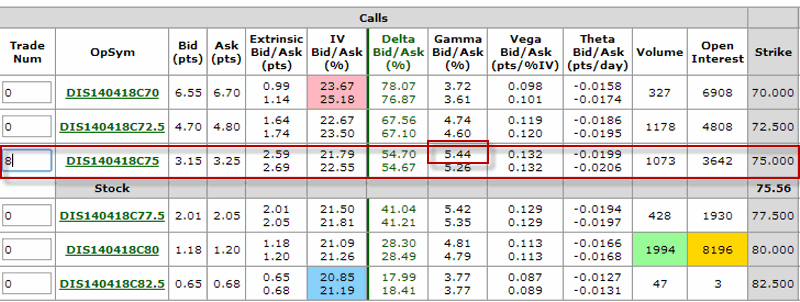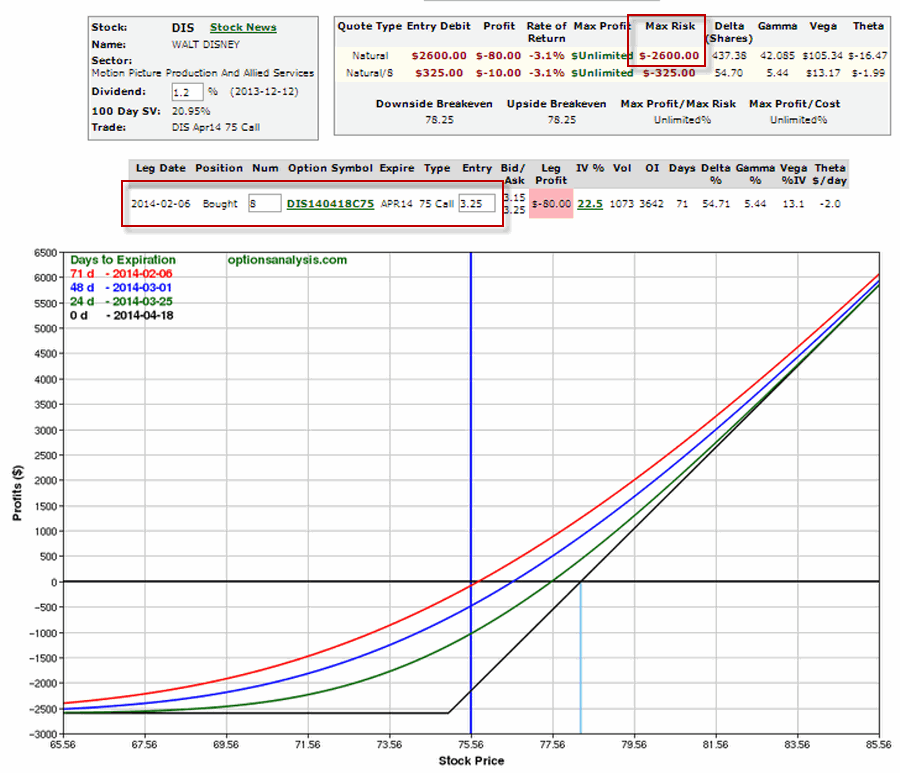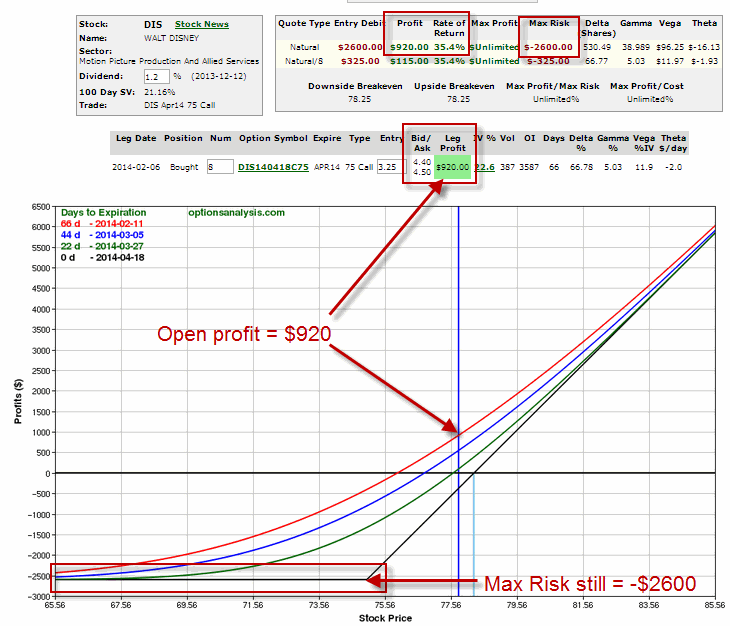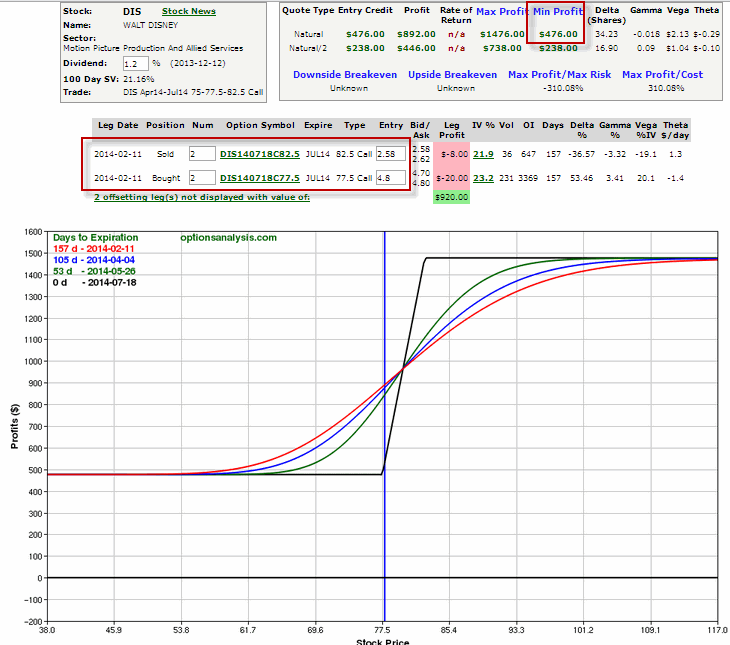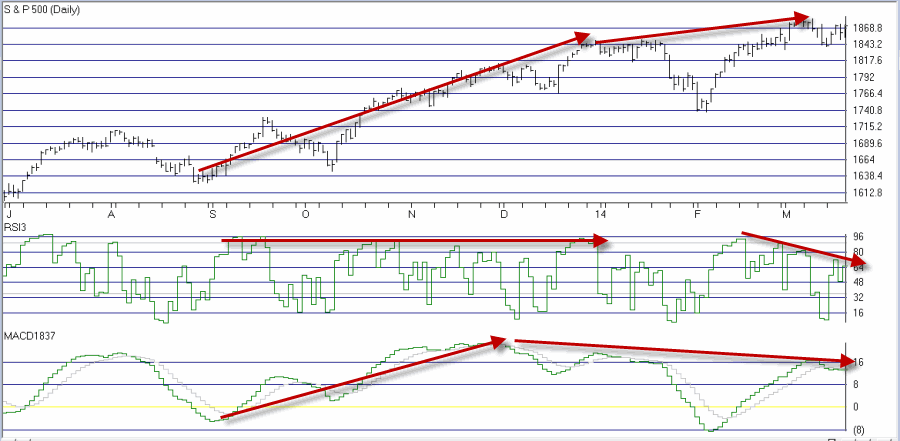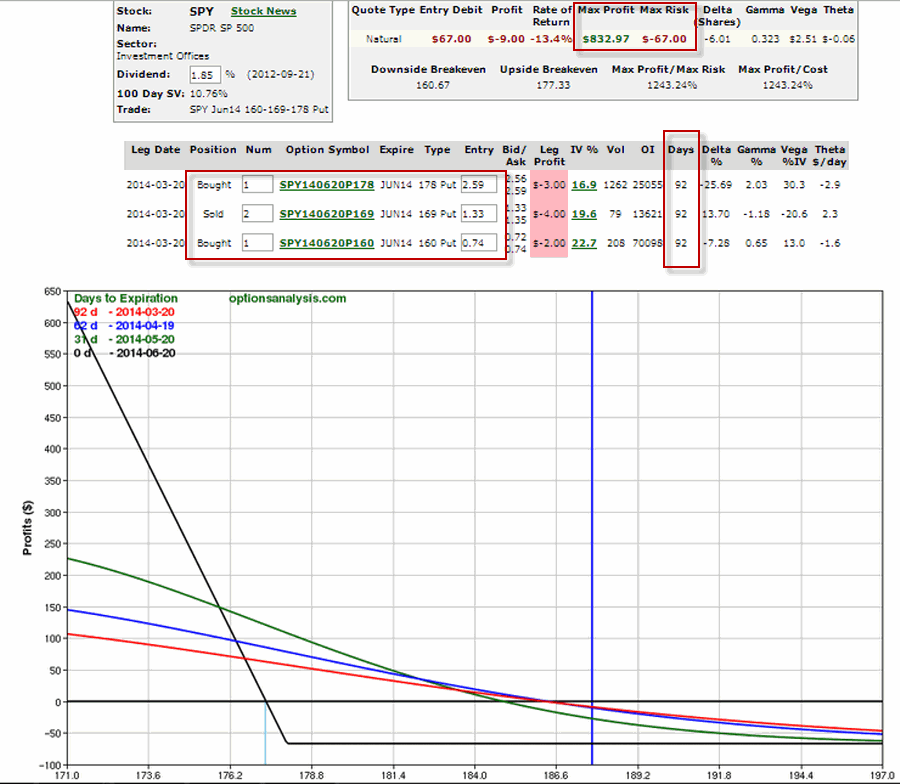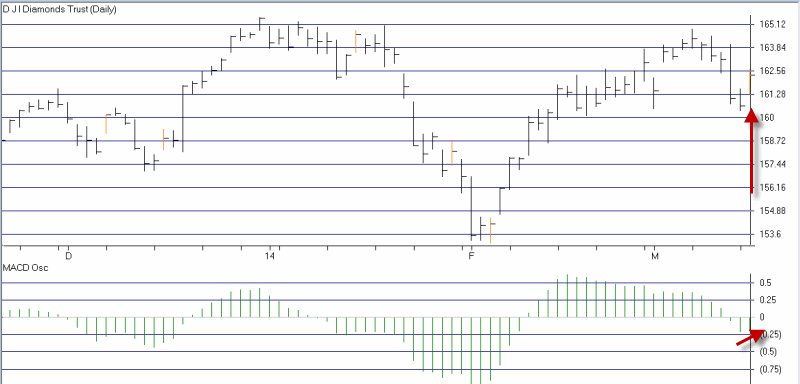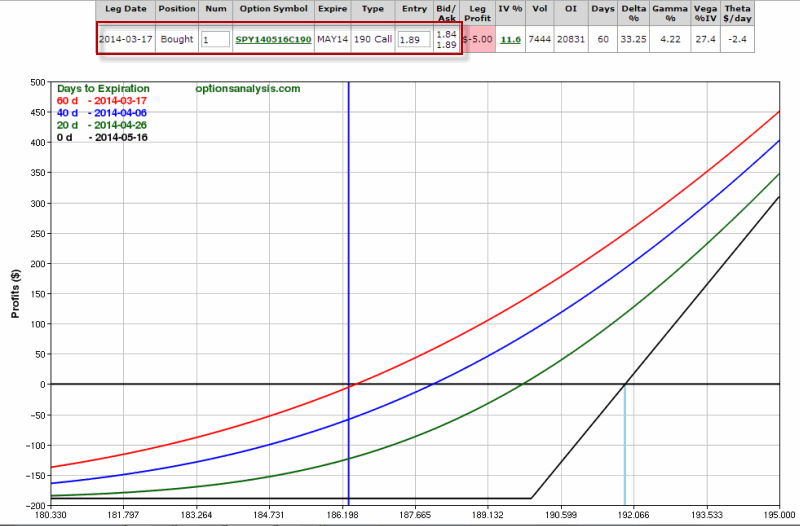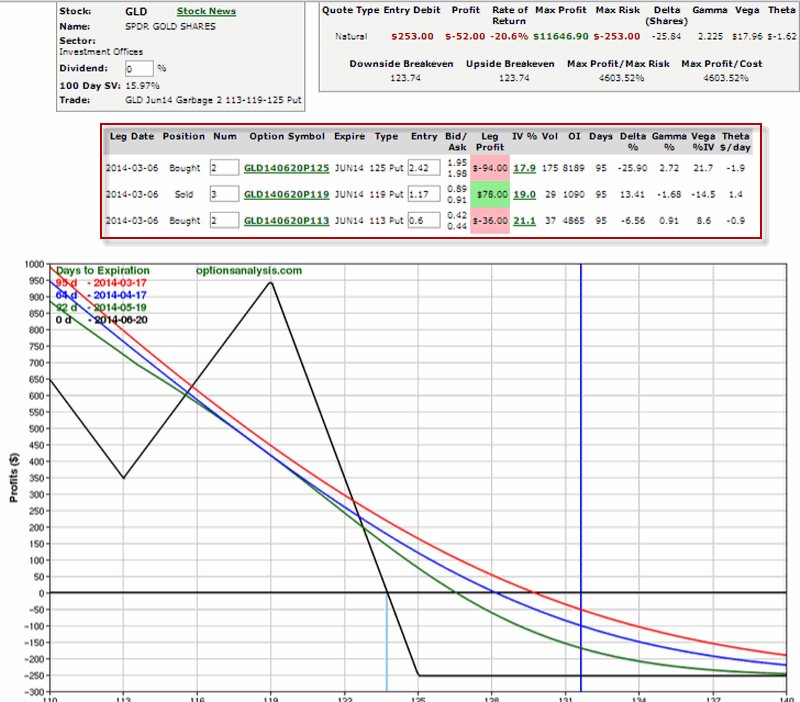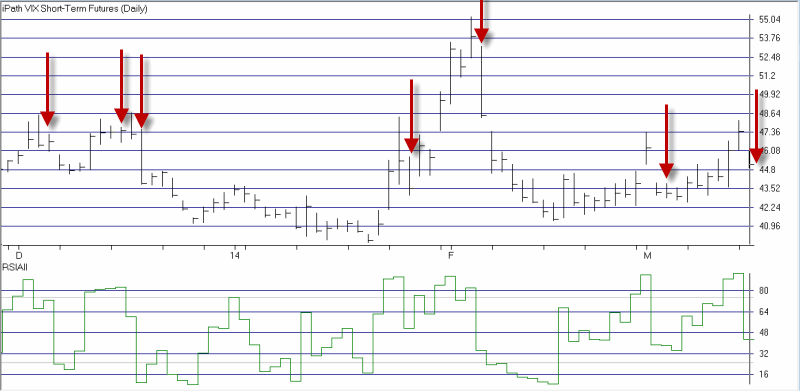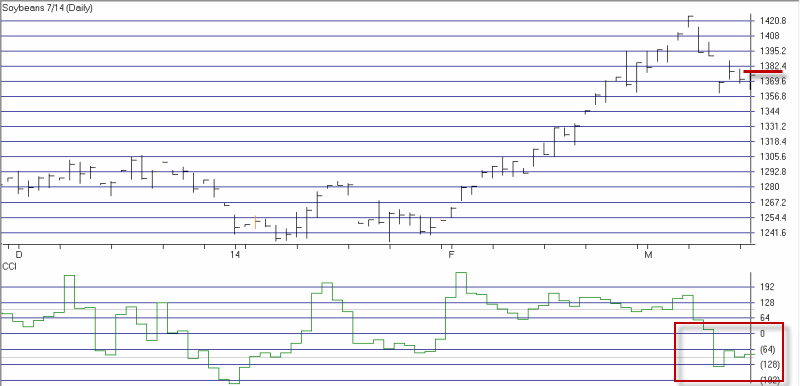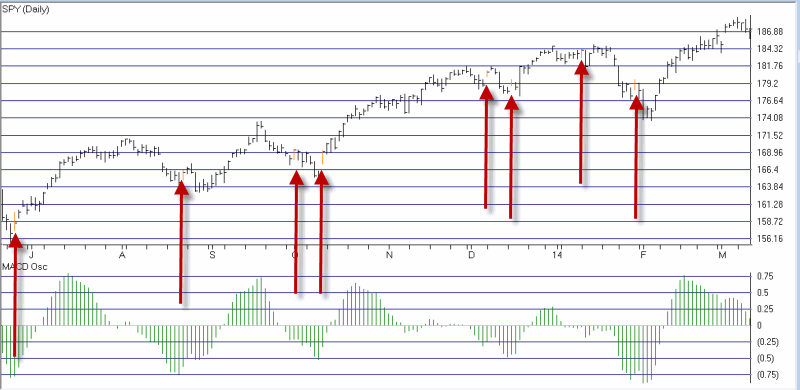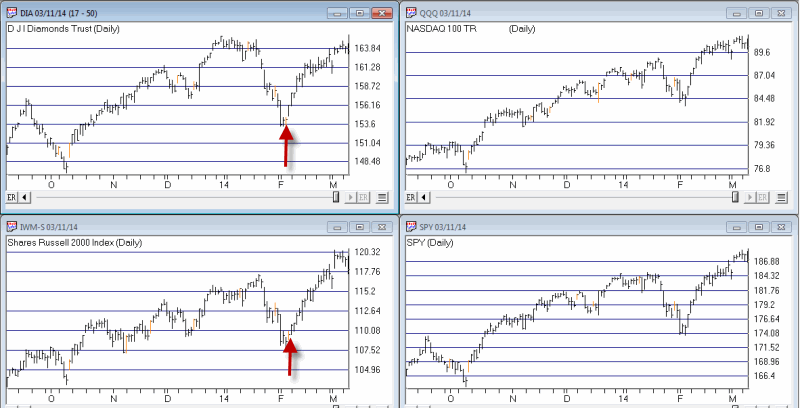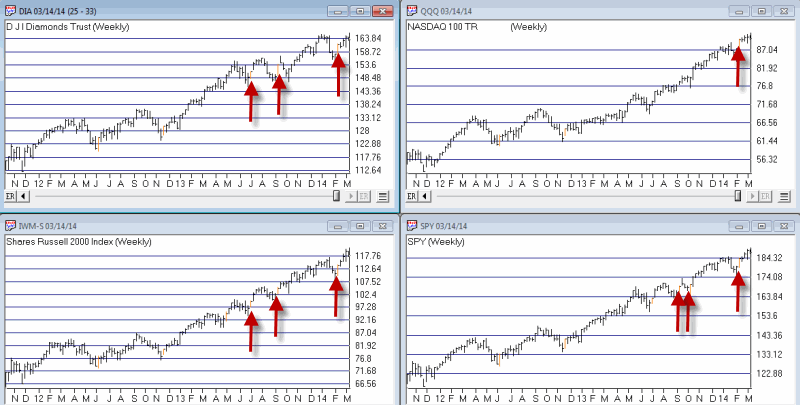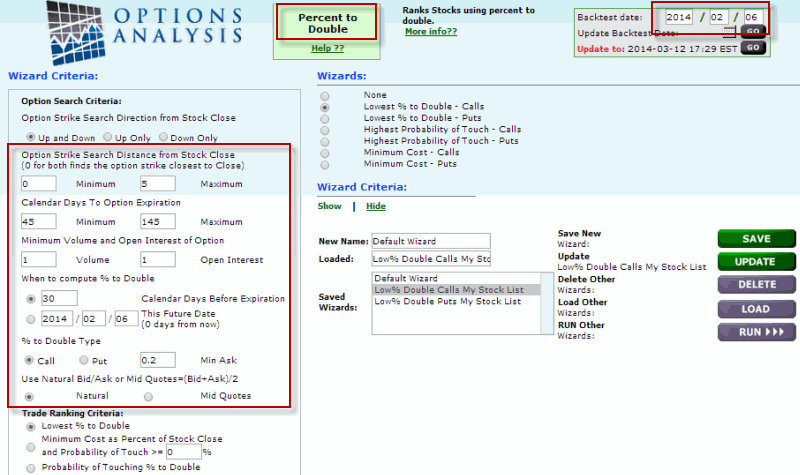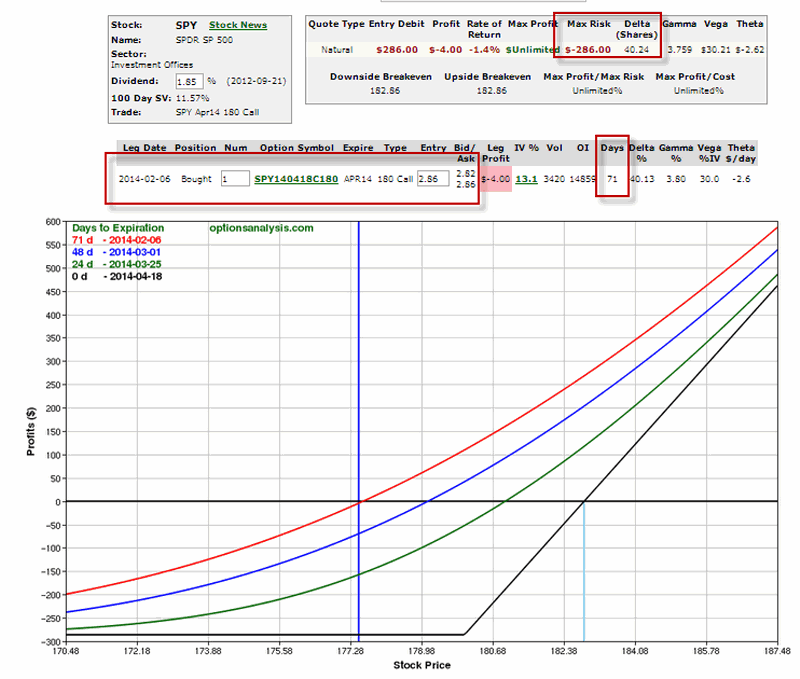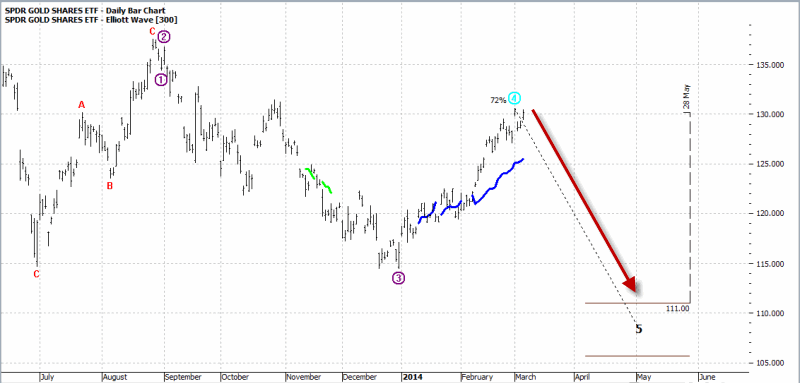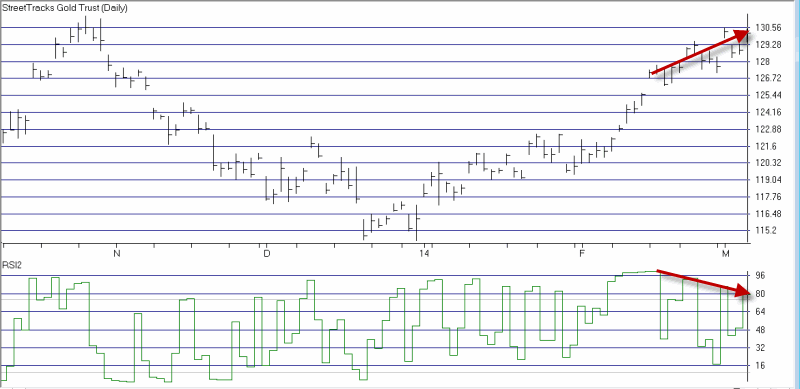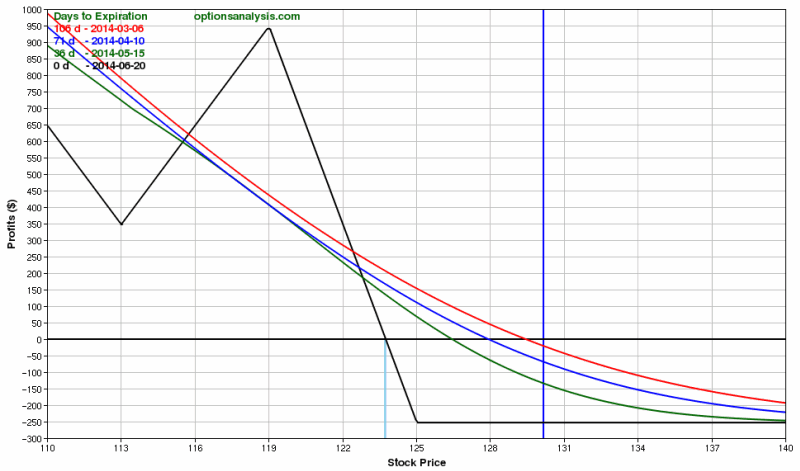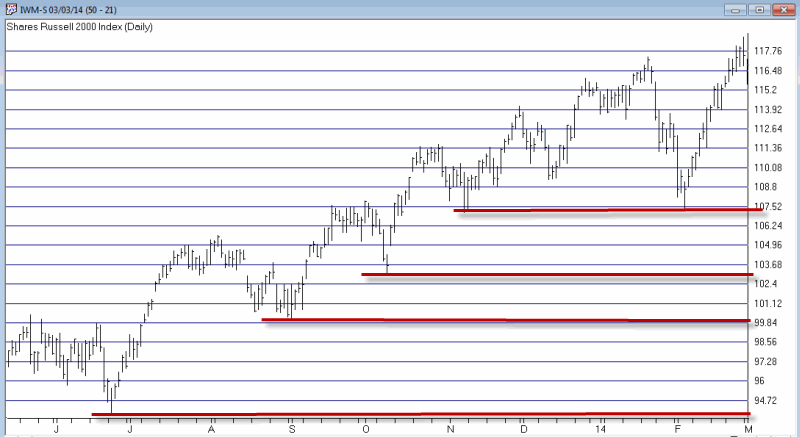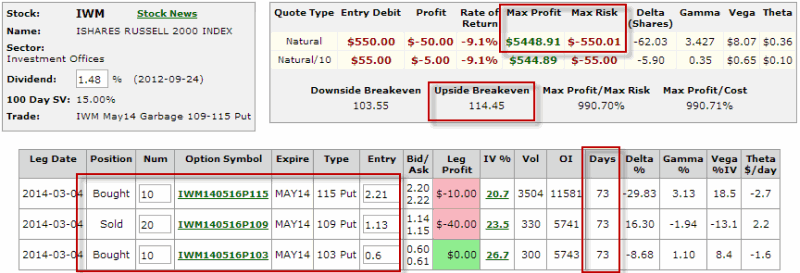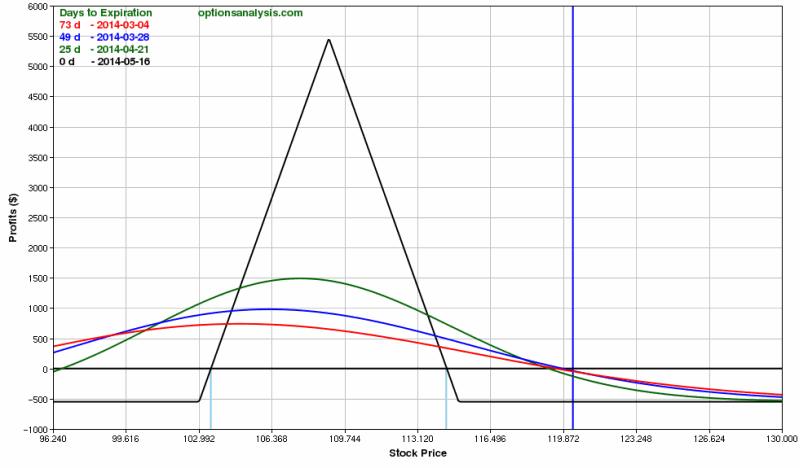If there is one thing I have learned about trading over the years it is that there sure are a lot of ways to play. I mean there are literally thousands of stocks, bonds, funds, ETFs, options, FOREX, and so and so forth to choose from. From there a trader can analyze roughly a bazillion (give or take) different indicators, oscillators, trend following methods, fundamental factors, etc., etc.
No wonder people get confused and no wonder there is a tendency for a trader to “try” one method for “a while” and as soon as that one isn’t faring as well as something else they’ve heard about, well, that trader to move on to another method (you know who you are).
And then of course there are the pundits, you know wise guys like me who like to imply that they know everything there is to know about trading. And so traders sometimes feel compelled to listen to someone else if they assume that that person knows more about trading than them. The paradox here is that is that – as with any endeavor – it does make sense to listen people with more knowledge than you on given topic in order to learn things. But trading is a little trickier. So this seems like a good time to invoke:
Jay’s Trading Maxim #215: Whenever you hear someone say “In order to be successful in the markets you must……”, what they really should be saying is “In order for me to be successful in the market I must…..what you must do may be something completely different.”
In other words you need to take in a lot of information and then go through the painstaking process of stripping away about 90% of what you’ve been told and boil it down to just that which allows you to be successful. And whatever anyone else does is not relevant.
Buy the way it is not an easy process.
One other suggestion:
Jay’s Trading Maxim #218: Once you settle on a trading plan/method, DO NOT TINKER with it day in and day out. Revisit your trading plan/method a few times a year and see if you’ve learned anything that can add value. Otherwise “Trade, don’t Tinker.”
A Simple Signal
So all of that being said, I still can’t fight the urge to be a wise guy and offer up a simple “buy signal” using the Commodity Channel Index (or CCI). Now please not that there is no inference made that this is the “be all, end all” of trading. In fact, it really is only useful (I have found) for very short-term trading and for traders who are diligent about cutting losses. In other words if you have a recent history of buying something and then when it came time to cut a loss you said “Well, I’ll just give it a little while longer to see what happens”, then beware.
So any way here goes. If:
-SPY > 200-day moving average
-CCI drops to -90 or below and then turns up for one day
-then the next time SPY takes out the previous day’s high enter a long position
BUT WAIT! Before you even think about trying to use this idea note that you will need to develop some profit-taking and stop-loss criteria. One place to start would be to exit on the first profitable close. In other words, yes it can be that short-term in nature. If that is not your “cup of tea” you need to either, a) figure out a different way to use the idea, or b) ruthlessly discard it along with the 90% of ideas that you encounter that do you absolutely no good.
Again, there is no inference made that every new signal equates to “Happy Days are Here Again!” What I have described simply signals that maybe, just maybe the market will follow through at least a little bit to the upside. Do not read more into it than that.
In Figures 1 and 2 below, the green bars highlight days when CCI trend up from -90 or below while SPY was above its 200-day moving average. The red arrows highlight the next time SPY took out the previous day’s high. The key thing to note is that sometimes there is follow through and sometimes there is not.
It is how you deal with the “sometimes there is not” occasions that matters the most.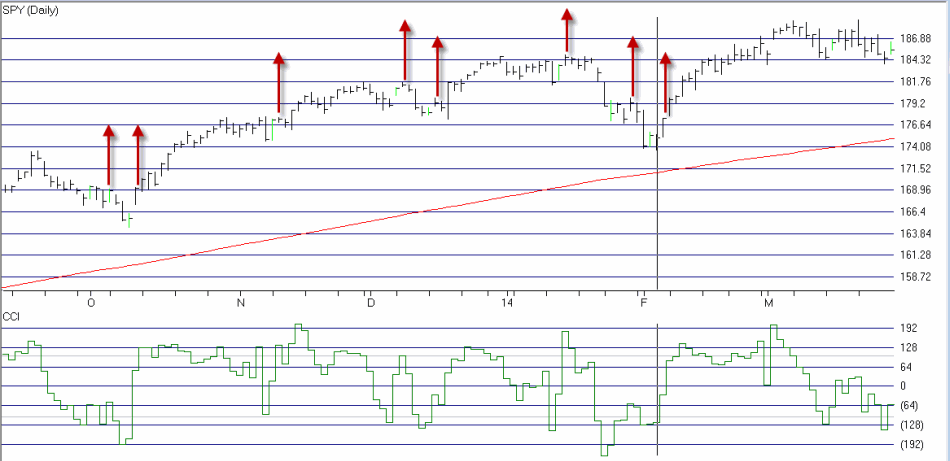 Figure 1 – SPY 2013-2014 (Courtesty: AIQ TradingExpert)
Figure 1 – SPY 2013-2014 (Courtesty: AIQ TradingExpert)
 Figure 2 – SPY 2012 (Courtesty: AIQ TradingExpert)
Figure 2 – SPY 2012 (Courtesty: AIQ TradingExpert)
Jay Kaeppel
